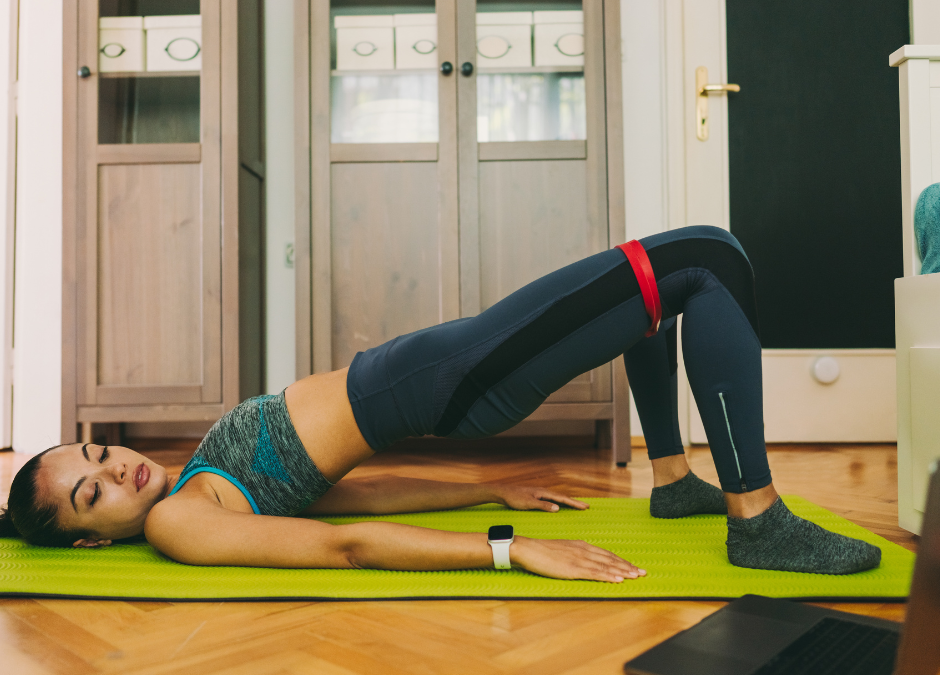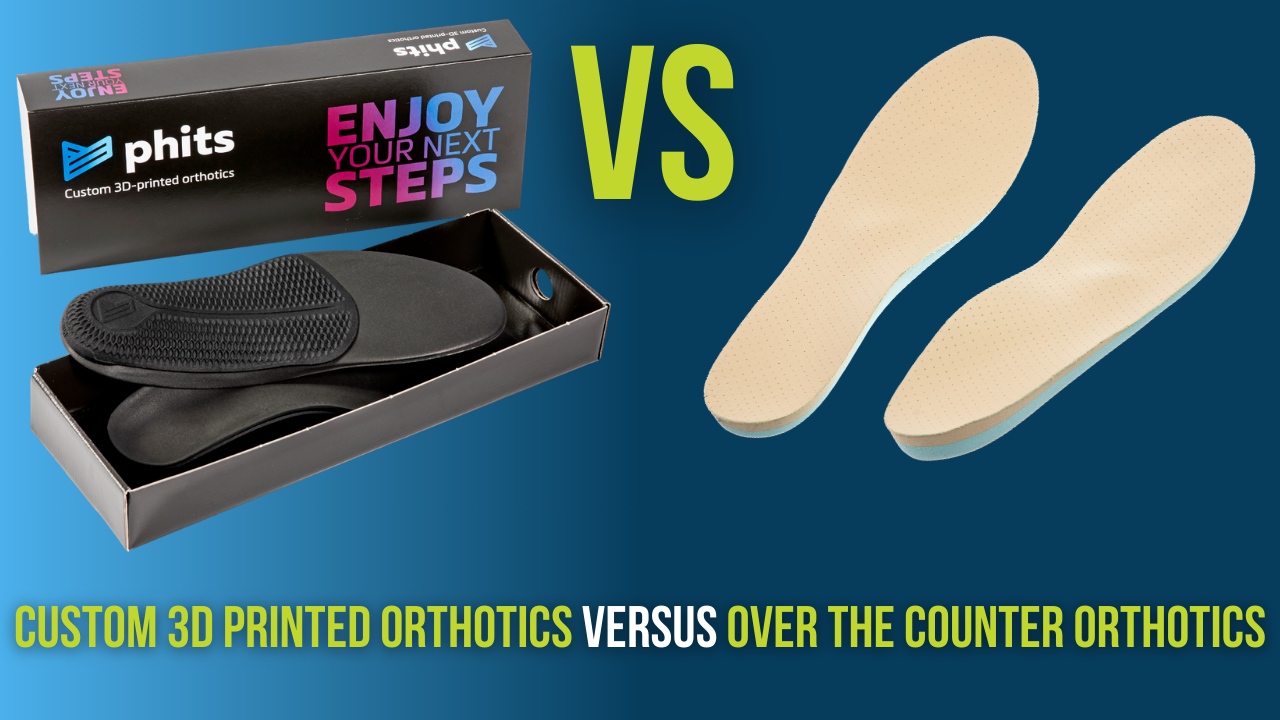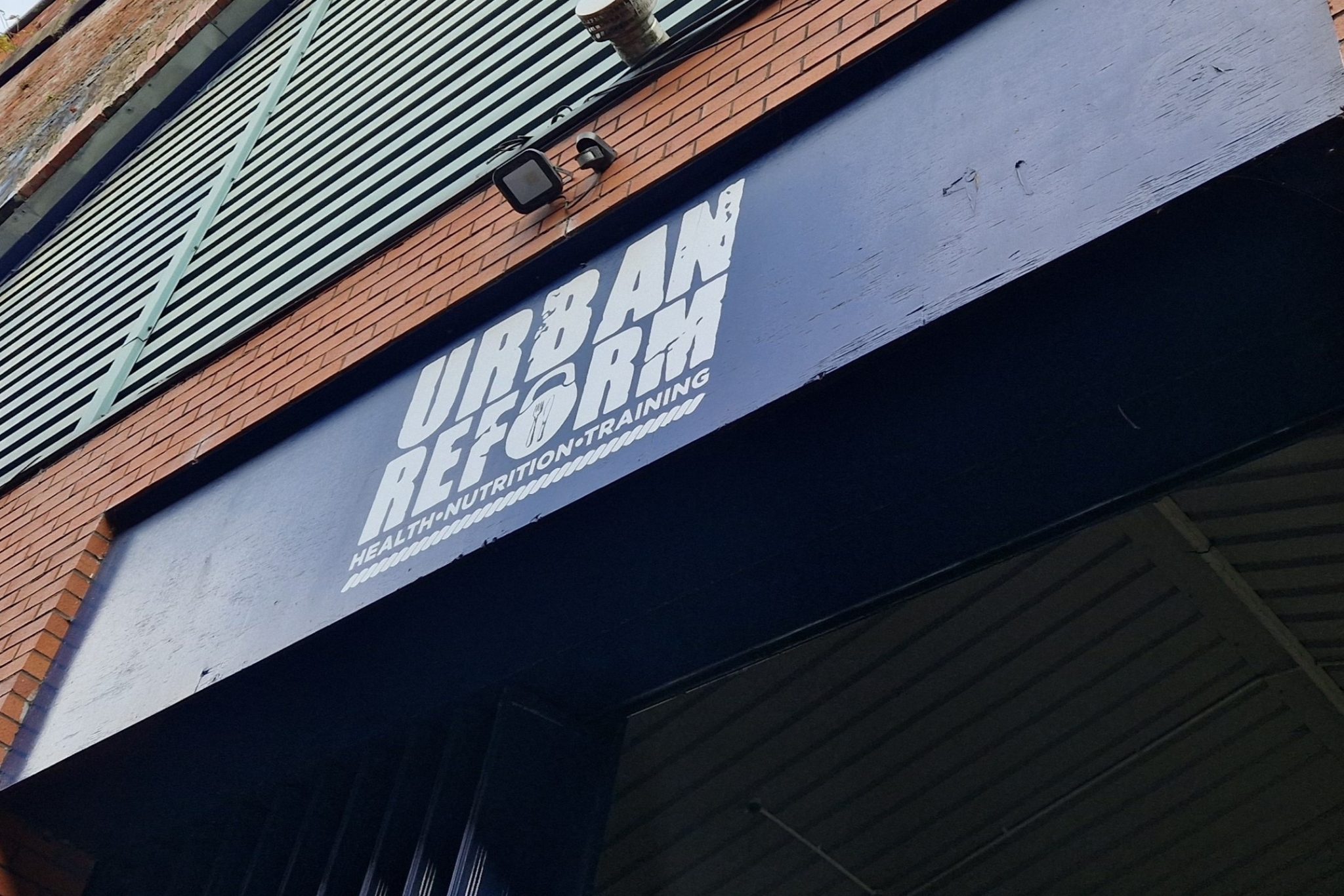key exercise equipment for your home physio
Following your home exercise program is crucial for achieving your fitness goals and maintaining a healthy lifestyle. Consistency is key when it comes to seeing results, and sticking to your prescribed routine ensures that you are making progress towards your desired outcomes. Having the key exercise equipment for your home physio is essential in maximising the benefits and outcomes of your rehab and recovery.
There are many benefits to following a home exercise program. Regular physical activity can help improve cardiovascular health, increase muscle strength and endurance, and boost overall energy levels. It can also aid in weight management, reduce the risk of chronic diseases, and improve mood and mental clarity. By committing to your home exercise routine, you are investing in your long-term health and well-being.
Having the key exercise equipment for your home physio is essential for maximizing the benefits of your workout. Whether its resistance bands, dumbbells, a yoga mat, or a stability ball, the proper equipment can help you target specific muscle groups, increase the intensity of your workouts, and prevent injuries. Investing in quality equipment that suits your fitness level and goals can make a significant difference in the effectiveness of your home exercise program.
1. Resistance Bands:
The first key exercise equipment for your home physio is resistance bands. These bands are versatile fitness tools that come in various resistances, including light, medium, and heavy. They are made of elastic material and provide resistance when stretched, making them ideal for strength training exercises as the different resistance allows users to customise their workouts based on their fitness level and goals.

Resistance bands can be used for a wide range of exercises targeting different muscle groups, making them suitable for individuals of all fitness levels. Their compact size and lightweight design make them easy to carry and use anywhere, whether at home, in the gym, or while travelling. Additionally, resistance bands provide constant tension throughout the range of motion, helping to improve muscle strength, endurance, and flexibility.
Examples of exercises that can be performed using resistance bands include resistance band squats, shoulder presses, and lateral leg lifts. Resistance band squats target the lower body muscles, shoulder presses work the shoulder and arm muscles, and lateral leg lifts engage the hip abductors and glutes. These exercises can be modified by adjusting the resistance level of the band to increase or decrease the intensity of the workout.
When selecting the right resistance band, consider factors such as your fitness level, the type of exercises you plan to do, and your strength training goals. Choose a band that provides enough resistance to challenge your muscles without causing strain or discomfort. Experimenting with different resistance levels and band lengths can help you find the perfect fit for your individual needs and preferences.
2. Stability Balls:
Stability balls are versatile fitness tools that are commonly used in physiotherapy to improve balance, core strength, and flexibility. These inflatable balls come in various sizes and are designed to challenge the body’s stability, leading to enhanced muscle engagement and coordination during exercises.
The benefits of using stability balls in exercise routines are numerous. They can help improve balance by challenging the body to stabilise itself on an unstable surface, leading to increased proprioception and coordination.
Additionally, stability balls are effective in strengthening the core muscles, as they require constant engagement to maintain balance during exercises. This can help improve overall body awareness, coordination, and balance, making stability balls a valuable tool in the rehabilitation process
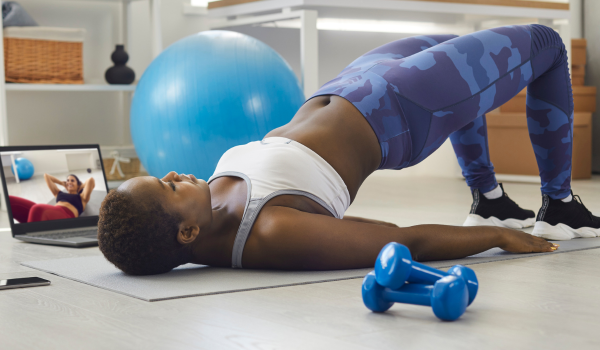
Some examples of exercises that can be performed using a stability ball include hamstring curls, and stability ball planks. Hamstring curls target the hamstrings and glutes by lying on the floor with the feet on the ball and lifting the hips. Stability ball planks challenge the core muscles by holding a plank position with the feet on the ball.
When choosing the correct size stability ball for your height and exercise needs, it is important to consider the diameter of the ball. Generally, taller individuals may require a larger ball to ensure proper alignment and stability during exercises. It is recommended to choose a ball that allows for a 90-degree angle at the knees and hips when seated on it.
3. Foam Rollers:
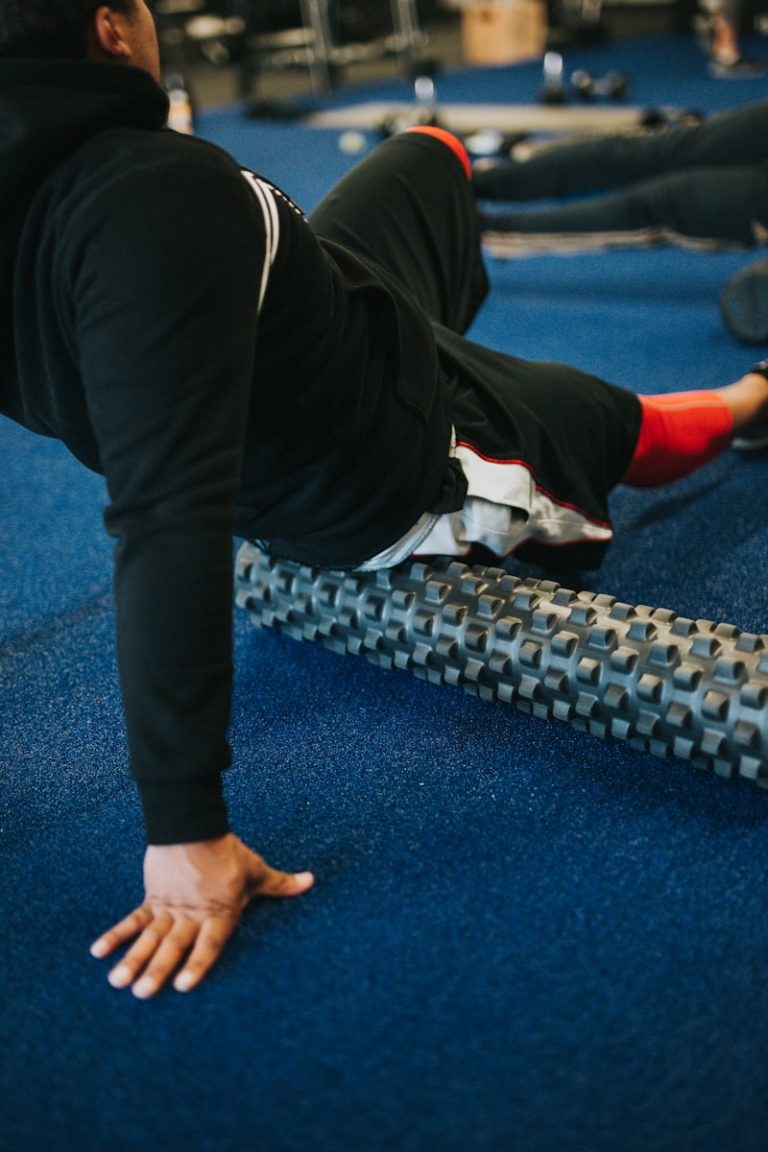
A foam roller is a tool commonly used to aid in muscle recovery, reduce soreness, and improve flexibility. It is a cylindrical piece of foam that is typically used for self-myofascial release, a technique that targets the fascia surrounding muscles to alleviate tension and improve range of motion. Foam rolling can help break up adhesions and knots in the muscles, increase blood flow to the tissues, and promote overall muscle health.
By incorporating foam rolling into your routine, you can accelerate muscle recovery after intense workouts, reduce post-exercise soreness, and enhance flexibility and joint mobility. Foam rolling can also help improve circulation, alleviate muscle tightness, and prevent injuries by promoting proper muscle function and alignment.
Some common foam roller exercises used in physiotherapy include the IT band roll, quad roll, and back roll. These exercises target specific muscle groups and areas of the body to release tension, improve flexibility, and alleviate discomfort.
When selecting a foam roller, it is important to consider the density and size that best suits your needs. A softer foam roller is ideal for beginners or individuals with sensitive muscles, while a firmer roller provides deeper tissue massage for those seeking a more intense release. Additionally, choosing the right size roller for your body type and specific areas of focus can help ensure effective and comfortable foam rolling sessions.
4. Ankle Weights:
Ankle weights are a type of fitness accessory that are worn around the ankles to add resistance to various exercises, thereby enhancing the intensity and effectiveness of workouts. These weights come in different sizes and can be adjusted to suit individual fitness levels and goals. Ankle weights play a crucial role in strengthening and toning the lower body muscles, including the calves, hamstrings, and quadriceps.
The benefits of using ankle weights are manifold. They help increase resistance during exercises, which in turn improves muscle strength and endurance. Ankle weights can also aid in rehabilitation by providing targeted resistance to specific muscle groups, helping to restore mobility and function after an injury. Additionally, incorporating ankle weights into your workout routine can help enhance balance, stability, and overall athletic performance.
Some examples of exercises that can be performed with ankle weights include leg lifts, ankle flexion, and extension exercises. These exercises target the muscles in the lower body, helping to build strength and improve muscle tone. When choosing the appropriate weight for ankle weights, it is important to start with a lighter weight and gradually increase the resistance as your strength and fitness level improve
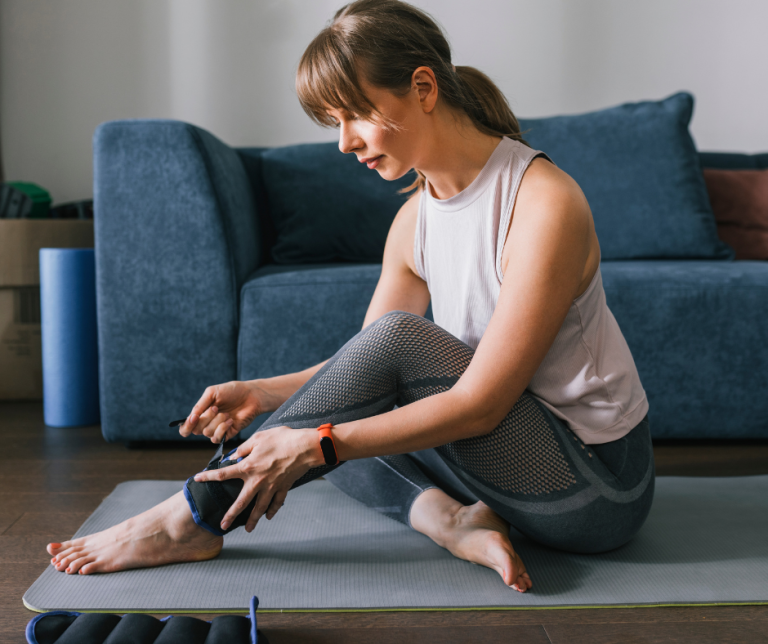
5. YOGA MATS:
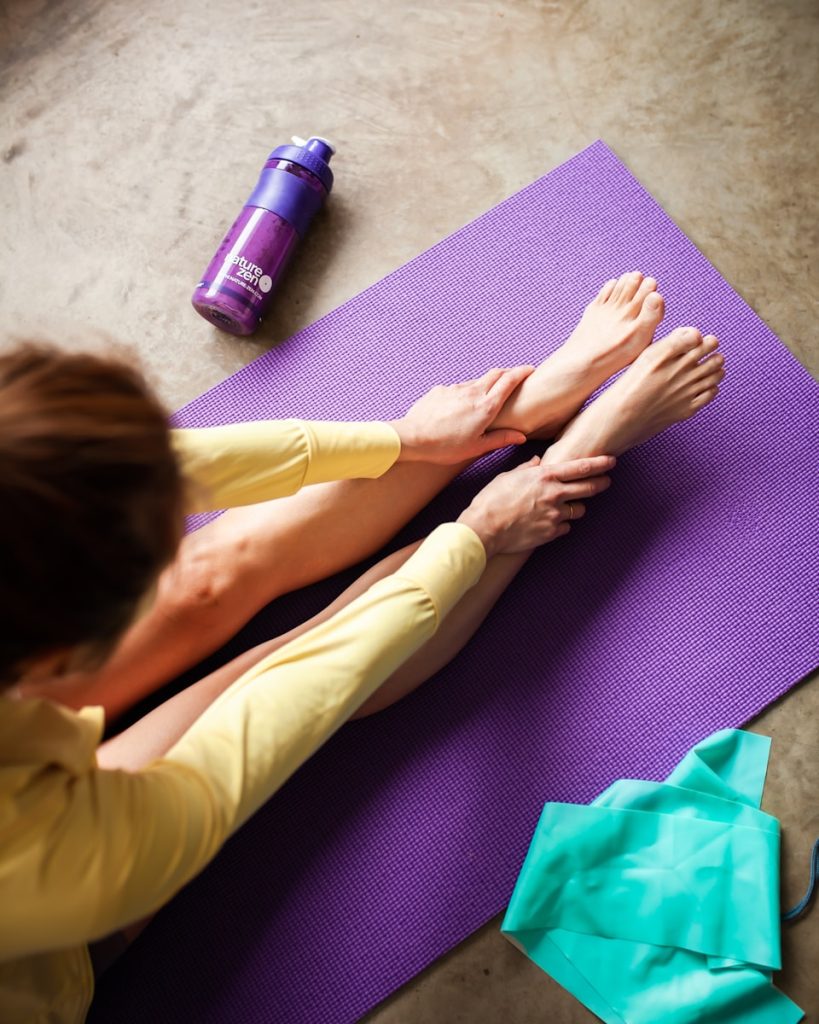
Having a good-quality yoga mat is helpful for home exercises as it provides the necessary cushioning, support, and stability required for a safe and effective workout. A high-quality mat can help prevent injuries, reduce discomfort during exercises, and enhance the overall experience of your physiotherapy routine.
The cushioning provided by the mat helps protect your joints and bones from the hard floor, making it more comfortable to perform stretching routines, Pilates, and other floor exercises. The support and stability offered by the mat can also improve your balance and alignment, allowing you to focus on proper form and technique.
When selecting a yoga mat for physiotherapy exercises, it is important to consider the thickness and material of the mat. A mat that is too thin may not provide enough cushioning, while a mat that is too thick can be unstable and make balancing exercises more challenging. Opt for a mat with medium thickness (around 5mm) and made of high-quality, non-slip material to ensure durability and grip during your physiotherapy sessions.
6. Handweights (DUMBBELLS OR KETTLEBELLS):
The final key exercise equipment for your home physio is handheld weights, they come in a range of sizes and materials, such as metal, rubber-coated, or neoprene-covered, providing options for different preferences and needs. In physiotherapy, hand weights are often utilized to help patients recover from injuries, improve muscle strength, and enhance overall physical function.
Hand weights can enhance strength training by adding resistance to exercises, leading to increased muscle mass and improved muscle tone. Hand weights are also valuable in rehabilitation settings, aiding in the recovery process and helping individuals regain strength and mobility after injury or surgery.
Some common exercises that can be performed with hand weights include bicep curls, tricep extensions, and shoulder raises. These exercises target specific muscle groups and can be modified to suit different fitness levels and goals.
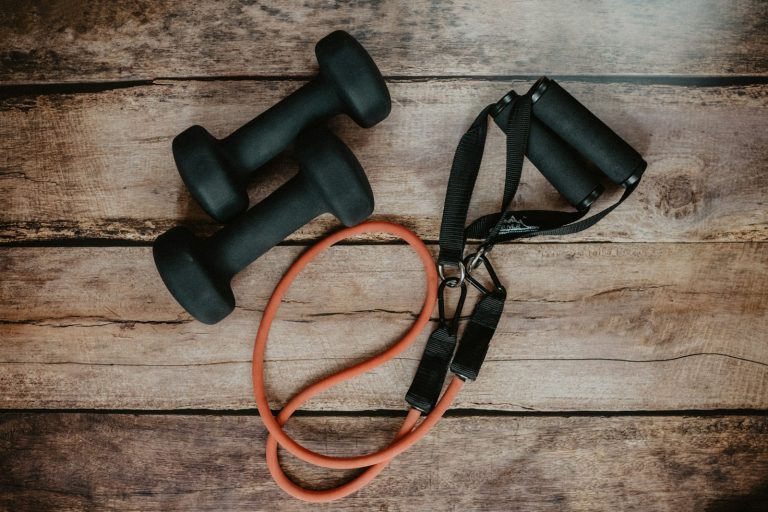
When selecting hand weights, it is essential to choose the appropriate weight and material based on your fitness level and workout objectives. Start with lighter weights and gradually increase the resistance as you build strength. Additionally, consider the material of the hand weights to ensure a comfortable grip and durability during your workouts. By incorporating hand weights into your exercise routine and following proper guidelines for selection and use, you can effectively enhance your strength training and achieve your fitness goals.
If you wish to seek further help or speak to a practitioner about any of the above, call us on 0800 731 2738 or book online here.
You can also view all the services we provide within our clinics on our website, as well as checking out our other blogs and content.
For more free tips and information, make sure to follow our Facebook and Instagram pages. We also post client stories, so you can see how we’ve helped people get back to doing the things they enjoy!
